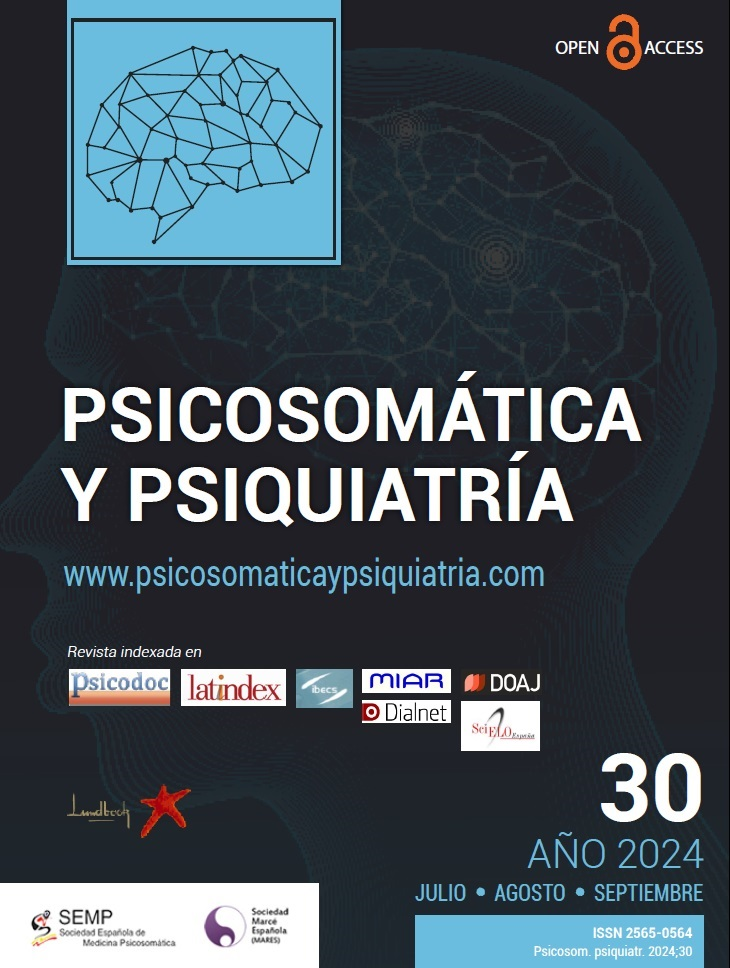Botulinum toxin for the treatment of severe sialorrhea induced by clozapine: a case report
Article Sidebar

Main Article Content
ABSTRACT
We present a clinical case of a long-standing institutionalized patient diagnosed with treatment-resistant paranoid schizophrenia. The patient was admitted to the hospital due to catatonic symptoms caused by high-dose antipsychotic treatment. These antipsychotics were progressively escalated in response to psychotic symptoms and aggression, which posed challenges in the residential setting. Exhausting all therapeutic options for psychotic symptoms, we noted that the patient had previously responded to clozapine but discontinued it due to socially debilitating sialorrhea. During the current admission for catatonia, antipsychotics were discontinued, and a tapering regimen of lorazepam was initiated, resulting in a gradual reduction of catatonic symptoms. However, psychotic symptoms and aggression resurfaced, leading us to reintroduce clozapine after carefully weighing the benefit-risk balance. The patient exhibited a marked reduction in aggression and both positive and negative psychotic symptoms, without significant rigidity or hypokinesia. Unfortunately, a notable recurrence of severe sialorrhea necessitated the use of adult bibs, requiring up to 8 changes per day. Consequently, we reviewed strategies for managing clozapine-induced sialorrhea, including the potential use of botulinum toxin. Although the results in this clinical case were partially positive, we believe that botulinum toxin represents a valuable tool in addressing clozapine-induced sialorrhea.
Article Details

This work is licensed under a Creative Commons Attribution-ShareAlike 4.0 International License.
(c) Luis Alonso-Álvarez, Ricardo Lopez-Escribano, María-José Álvarez, Miquel Cavalleria-Verdaguer, 2024
Copyright
This work is published under a license Creative Commons Reconocimiento-CompartirIgual 4.0 Internacional (CC BY-SA 4.0)
The authors maintain all copyrights and the journal reserves the rights of the first publication of the article.
Most read articles by the same author(s)
- Ricardo Lopez-Escribano, María José Álvarez Alonso, Cuando sobreviene la inestabilidad: trastorno bipolar secundario a accidente cerebrovascular , Psicosomàtica y Psiquiatría: No. 23 (2022): octubre-noviembre-diciembre
- Ricardo Lopez-Escribano, María José Álvarez Alonso, ¿Trastorno bipolar de inicio tardío o síndrome frontal? A propósito de un caso , Psicosomàtica y Psiquiatría: No. 23 (2022): octubre-noviembre-diciembre